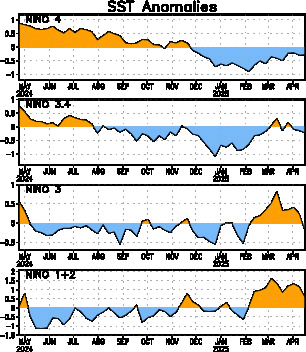CaptinCrunch wrote:Portastorm wrote:CaptinCrunch wrote:Difference with this system is the upper low off in the gulf with all the moisture in the world to work with, and the nothern jet dipping into NTX.
What upper low? To my knowledge there will not be an upper low in the Gulf. This is an upper-level trough moving across the state which will pull in Gulf moisture. Is that to what you are referring?
Yeah, I know the differences between storm systems. My point is we all see much of the same modeling data that NWS forecasters do and I haven't seen any QPF values which would support heavy (4 inches or more) snowfall in Texas. That being said, we all also know that due to a lack of sampling data we cannot know for sure how strong/sharp this trough will be and its exact track. We should know more with tonight's 0z data. The NWS forecasters have to go on what data they have currently and any beyond-the-models forecasts skills they have.
I ment trough, the dynamics of this system leads me to believe the models will undercut the storm totals. The NWS do their jobs well, as they can only go with data samples, and they know the models dont do winter storms justice. This will be a long winter for them thats for sure
Ah ... yes indeed. The surface trough along the coast. That will indeed play a factor in the QPF amounts. Yes, I'm sure it will be a long winter for them. They have their hands full!
A good forecasting rule of thumb is that when an upper level trough/shortwave rolls west to east across the state, you can usually expect a surface trough to develop somewhere along the Texas coast. Then ... you get the issue of how much moisture does that upper-level feature have to work with and how deep does the coastal trough develop.
Amazingly enough ... still a number of questions without answers.
 The posts in this forum are NOT official forecast and should not be used as such. They are just the opinion of the poster and may or may not be backed by sound meteorological data. They are NOT endorsed by any professional institution or
The posts in this forum are NOT official forecast and should not be used as such. They are just the opinion of the poster and may or may not be backed by sound meteorological data. They are NOT endorsed by any professional institution or 









